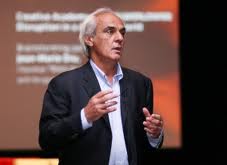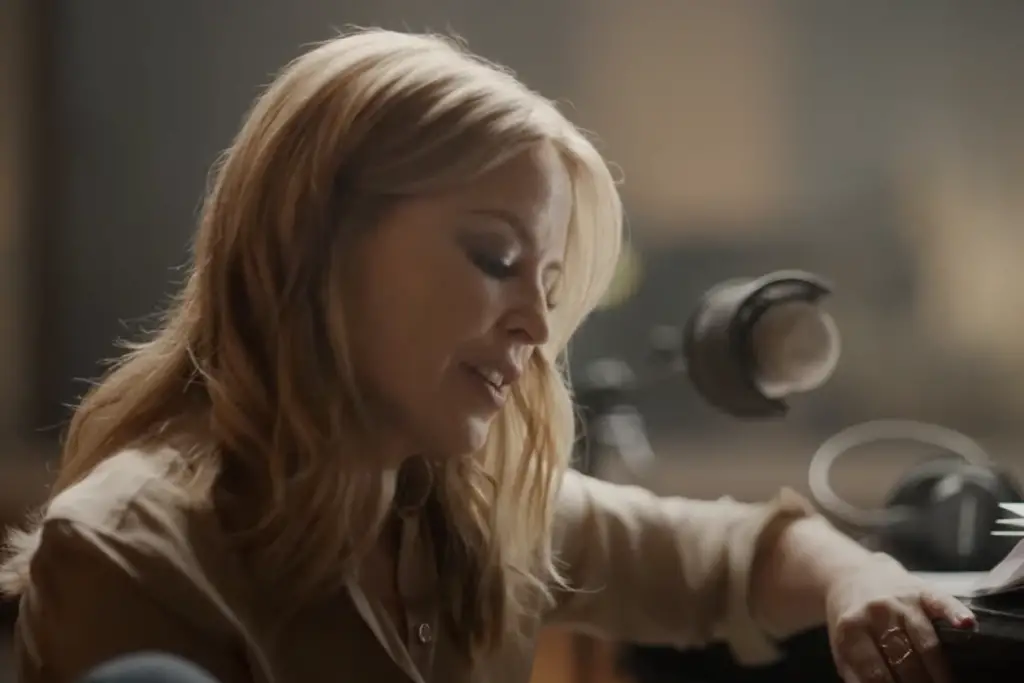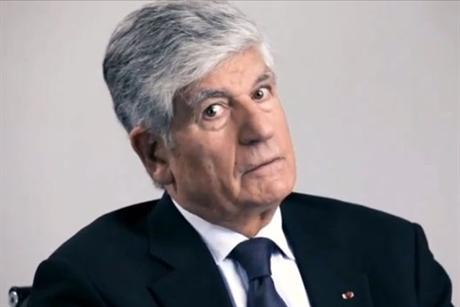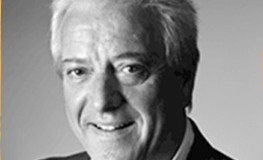Simon Hakim of Hunter: a marketing lesson from Down Under – disrupt, don’t protect
I get it. It’s hard to make a mark with consumers today. New customers are hard to come by and existing ones are hard to keep. The old ways of doing business don’t always cut it and upstart startups are eroding hard-won market share left, right and centre.
I’ve seen too many businesses approach this issue the wrong way by doubling down on protecting an outdated business model. This happens a lot – big media trying to fight piracy through the courts rather than developing something like Netflix. This company is a great counter-example; the legal streaming site not only uses piracy traffic to gauge which shows it should offer, but its entry into a market often correlates with a decline in piracy traffic. Which means they are effectively meeting the market – by disrupting it – with a service people want at a price they can tolerate leading to a win-win-win situation. Consumers win, Netflix wins, and so do the content creators.


Unfortunately protective business practices are firmly entrenched in many places. In Australia, where one of Hunter’s offices is based, it often takes the form of drum-beating about buying Australian-made. Dick Smith is the go-to interviewee for journos whenever the issue arises. Smith made his fortune with an electronics empire he sold off in the 80s, and now his main claim to fame is selling Aussie-made versions of popular food products with branding that deliberately invokes the original. Dick Smith Foods just recorded its first loss after years of plunging profits. Unsurprising given the business model relies on copying the success of others rather than getting out in front of the market with an innovative offering.
On the other hand, there are some great Aussie-made brands in the FMCG space that are using innovation to distinguish themselves. Being Australian can be part of their story, sure, but not the whole story. The guys at five:am are one of my favourite examples. An organic yoghurt brand, they’ve positioned themselves around the idea of a healthy, balanced lifestyle with respect for the environment and what goes in your body. And of course, when you wake up at 5am for your morning workout why not grab some five:am yoghurt to get you started off, right? They’ve thought about their offer, the audience who identifies with it and how to reach them, and they’ve used their branding and story cohesively to achieve that.
)
Organisations stuck in the rut of protecting the way things are – whether it’s their market position or the way they communicate with their customers – are missing a huge potential by being too entrenched to ask themselves ‘what if…?’. Instead of being disruptive, they’re opening themselves up to disruption by others.
As challengers ourselves we’re no strangers to the process. It’s one of the reasons we enjoy working with challenger brands and those engaging in challenger thinking. We take a look at the assumptions everyone takes for granted and then question them to see what we can learn, what competitive advantage that reveals, and how we can best communicate that to customers. You don’t have to be a startup to be disruptive, you just have to be open to the idea that there’s another way to approach the status quo.










